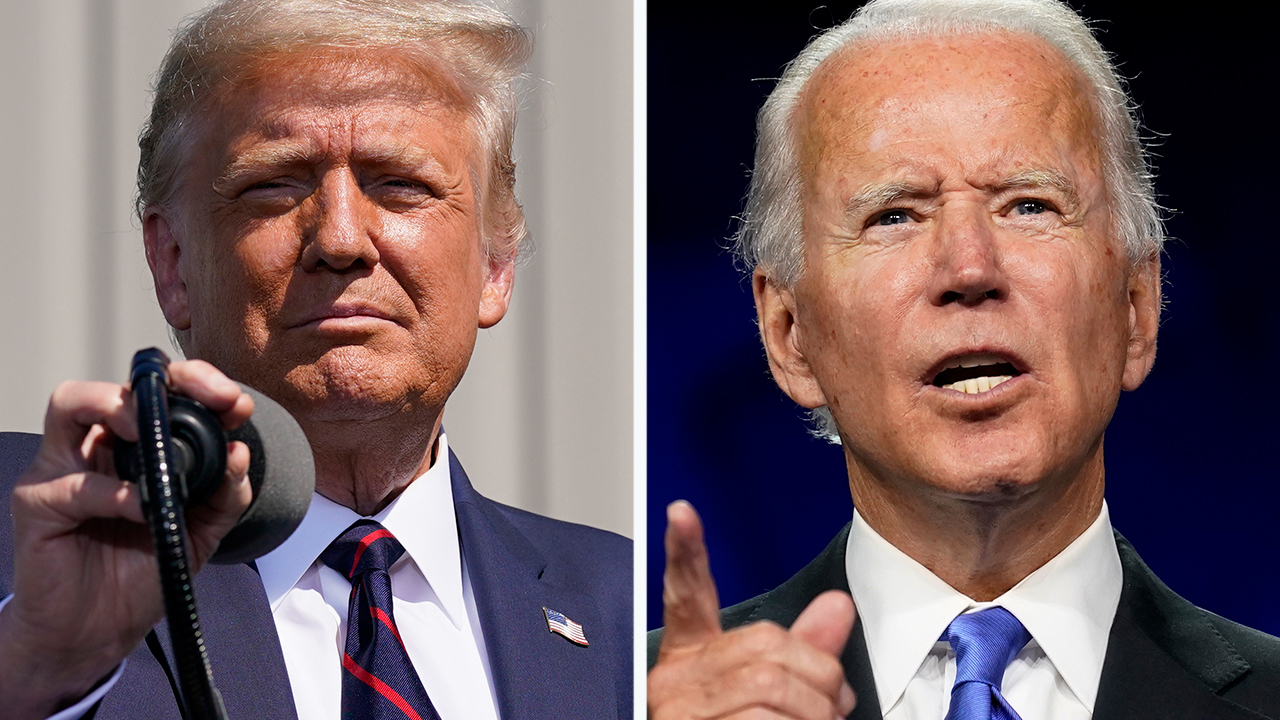Venkata Kondubhatla
The race for the US presidential elections is tightening.
US President Donald Trump has been narrowing the gap between him and his opponent and Democratic presidential candidate Joe Biden and steadily making progress.
In August, Biden was leading with 50% of poll rating and Trump was behind at 42%. But, Trump has improved in the recent polls. He is at 43.6%, while Biden remained the same.
The presidential campaign kicked off in August. The Democratic Party based its campaign on the theme of “poor leadership” and the mismanagement of pandemic. The Republican Party, hard pressed by the protests following the killing of George Floyd and Jacob Blake, is campaigning with the central plank of “law and order.”
While Republican Party wants to exploit the fear of urban White voters, Kamala Harris, the vice president candidate of Democratic Party pitting against Mike Pence, is reaching out to non-White voters. Both the parties have strong online and social media presence.
About 11% of the US population is Blacks; 68% are Whites and 14% are Hispanics. Both the parties held their national conventions online in August.
The upcoming three debates starting from September 29 are going to be important for the candidates to make their case to the voters. Based on their performances, the polls ratings change. But, it also depends on what kind of crowd will turn up at these debates.
The first debate is on September 29 followed by the second in Miami on October 15. The third and final debate is on October 22.
With the tight race ahead, the candidates have to focus on the key states, such Florida, Michigan and New Hampshire. In the 2017 elections, Hillary Clinton won more votes, but Trump won the election by winning more Electoral College votes with small margins in swing states.




